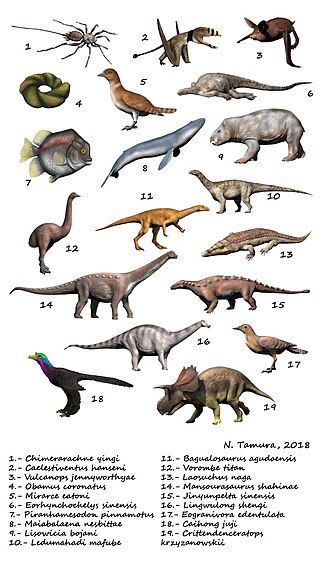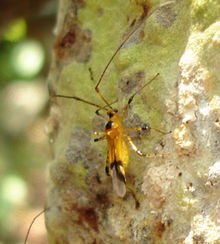
Tea is an aromatic beverage prepared by pouring hot or boiling water over cured or fresh leaves of Camellia sinensis, an evergreen shrub native to East Asia which probably originated in the borderlands of southwestern China and northern Myanmar. Tea is also made, but rarely, from the leaves of Camellia taliensis. After plain water, tea is the most widely consumed drink in the world. There are many different types of tea; some have a cooling, slightly bitter, and astringent flavour, while others have profiles that include sweet, nutty, floral, or grassy notes. Tea has a stimulating effect in humans primarily due to its caffeine content.

The swan maiden is a mythical creature who shapeshifts from human form to swan form. The key to the transformation is usually a swan skin, or a garment with swan feathers attached. In folktales of this type, the male character spies the maiden, typically by some body of water, then snatches away the feather garment, which prevents her from flying away, forcing her to become his wife.

Agrilus is a genus of jewel beetles, notable for having the largest number of species of any single genus in the animal kingdom.

Tessaratomidae is a family of true bugs. It contains about 240 species of large bugs divided into 3 subfamilies and 56 genera.

Phylinae is a subfamily of the plant bug family Miridae. Species of this family are found worldwide.

Tytthus is a genus of insects in family Miridae, the plant bugs. They are carnivorous, feeding upon the eggs of various planthoppers in the family Delphacidae, and thus are important in the biological control of pests. The genus is distributed throughout the Holarctic of the Northern Hemisphere, but species are also found in the tropics, in China, South America, Australia, and the Indo-Pacific.
This is a timeline of the San Francisco Bay Area in California, events in the nine counties that border on the San Francisco Bay, and the bay itself.

Paleontology or palaeontology is the study of prehistoric life forms on Earth through the examination of plant and animal fossils. This includes the study of body fossils, tracks (ichnites), burrows, cast-off parts, fossilised feces (coprolites), palynomorphs and chemical residues. Because humans have encountered fossils for millennia, paleontology has a long history both before and after becoming formalized as a science. This article records significant discoveries and events related to paleontology that occurred or were published in the year 2018.

Helopeltis antonii, also known as the tea mosquito bug, are heteropterans found within the Miridae family. They have a relatively large geographical distribution and are a known pest of many agricultural “cash” crops such as cocoa, cashew, and tea. Subsequently, their impact negatively influences economic growth within the regions in which they inhabit. Thus, their impact on humans has caused them to be of great interest biologically, resulting in significant environmental implications.

Monalonion is a genus of bugs in the family Miridae and tribe Dicyphini.
Eurystylus is a genus of true bugs belonging to the family Miridae.









